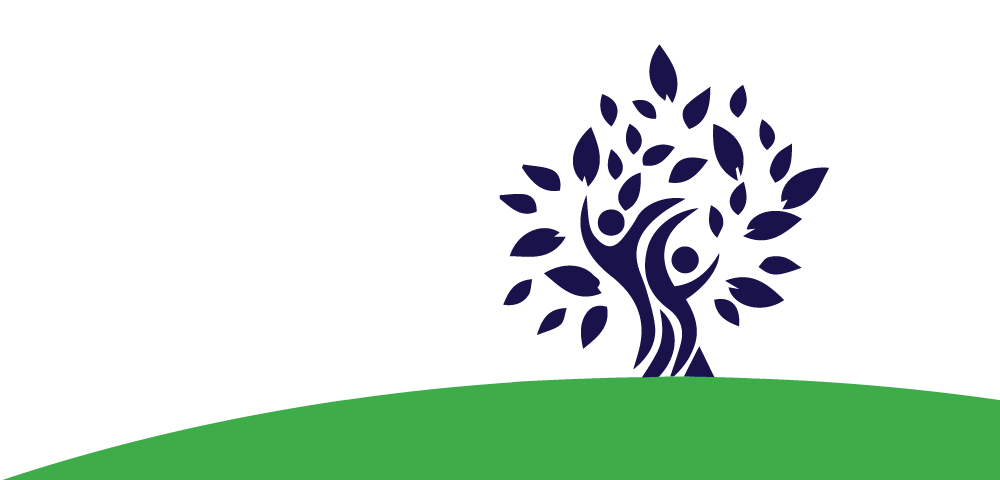Along with the rapid development of digital products and the IT industry in general, Agile methodology is gaining popularity, which is an iterative and collaborative approach to project management and...
As the new year approaches, I remember John Lewis's Christmas commercial and I think I'll dedicate an article to advertising with the emotions I've received. Christmas and New Year, someti...
Many years ago I started my career in one of the Georgian family businesses. The first emotional shock for me was that, despite the scale of the company, it did not have an executive director, and the...
Have you ever thought that a cup of coffee with a colleague in the office in the morning, questions about yesterday evening's news or plans for the day can affect your efficiency during the day? ...
The seasonal concern of summer is to plan a vacation so that during the long-awaited vacation we can do more or less everything - have fun, relax, be active, visit new places, visit family me...
Ancient Chinese merchants were among the first entrepreneurs. They have found a unique way to manage risk in international trade. They distributed their goods for sale on several ships and released at...

 20 march, 2023
20 march, 2023

 14 november, 2022
14 november, 2022

 12 october, 2022
12 october, 2022

 16 september, 2022
16 september, 2022

 9 august, 2022
9 august, 2022

 5 july, 2022
5 july, 2022